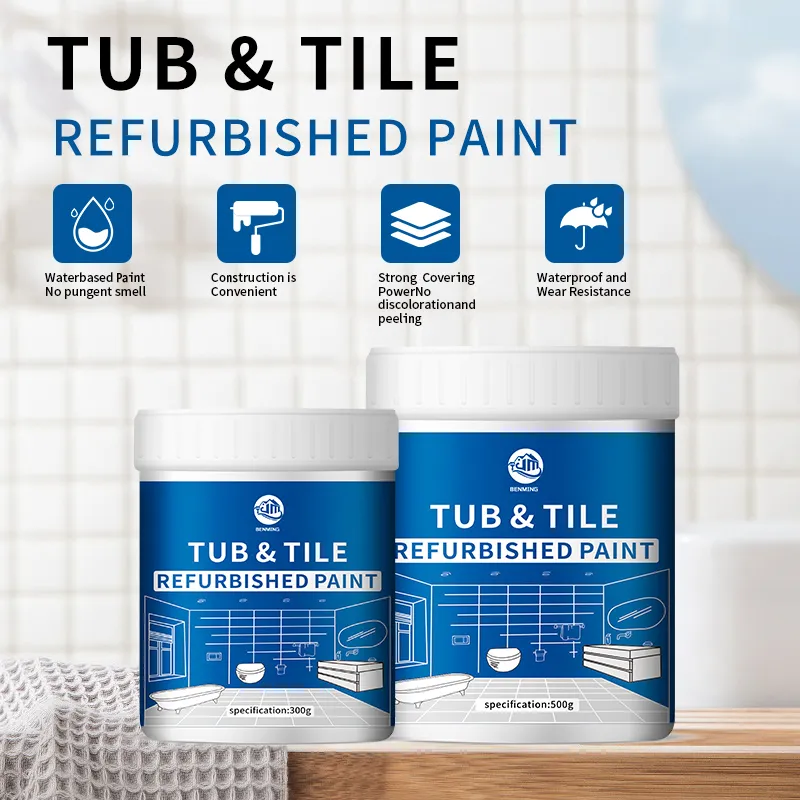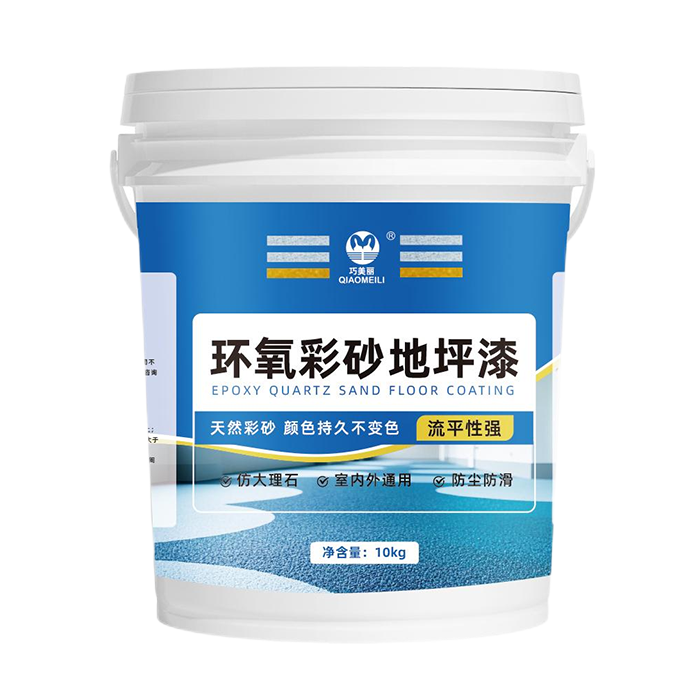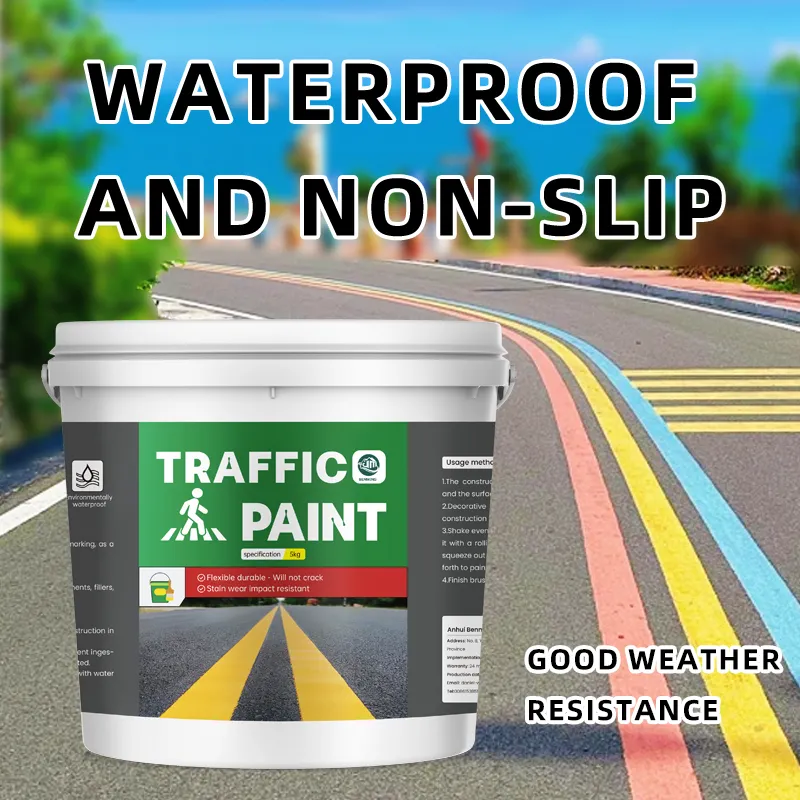Understanding Interior Traffic Paint: A Guide for Professionals
Jul 14,2025
Interior traffic paint is an integral component in the realm of coatings, particularly when it comes to enhancing safety and functionality in commercial and industrial environments. This specialized paint is designed for use on floors, walkways, and other high-traffic areas, providing visibility and protection against wear and tear. Understanding its properties, applications, and best practices can significantly benefit professionals in the paint and coatings industry.
One of the primary characteristics of interior traffic paint is its durability. Formulated to withstand heavy foot traffic and potential impacts, this type of paint often incorporates advanced resins and additives that enhance its resilience against abrasions and chemicals. When selecting interior traffic paint, professionals should consider factors such as the specific environment (e.g., warehouses, retail spaces, or manufacturing facilities), the anticipated level of traffic, and the types of materials being painted.
Another crucial consideration is color and visibility. Bright, high-visibility colors are commonly used to mark pedestrian pathways, aisles, and hazard areas within facilities. The use of reflective or luminescent pigments can also be beneficial in low-light conditions, ensuring that safety markings are easily seen. It's essential to balance aesthetics with functionality, as the right choice of color can enhance not only safety but also the overall appearance of the space.
Application methods vary depending on the specific product and the surface being painted. Professionals may use rollers, brushes, or specialized spray equipment to apply interior traffic paint. Proper surface preparation is vital for achieving optimal adhesion and durability. This often involves cleaning the surface, repairing any damage, and priming when necessary. Additionally, understanding the proper curing times and environmental conditions for application can enhance the longevity of the finished product.
In terms of maintenance, regularly inspecting and maintaining painted surfaces is crucial. High-traffic areas may require periodic touch-ups or reapplications to ensure continued safety and aesthetic appeal. Establishing a maintenance schedule can help extend the life of the paint and reduce long-term costs.
Finally, staying informed about advancements in paint technology and regulations within the industry is essential for professionals. Innovations in eco-friendly formulations and compliance with safety standards can provide a competitive edge and meet client demands for sustainable solutions.
In conclusion, interior traffic paint plays a vital role in ensuring safety and functionality in various environments. By understanding its properties, applications, and maintenance requirements, professionals in the paint and coatings industry can make informed decisions that enhance both safety and aesthetics in their projects.
One of the primary characteristics of interior traffic paint is its durability. Formulated to withstand heavy foot traffic and potential impacts, this type of paint often incorporates advanced resins and additives that enhance its resilience against abrasions and chemicals. When selecting interior traffic paint, professionals should consider factors such as the specific environment (e.g., warehouses, retail spaces, or manufacturing facilities), the anticipated level of traffic, and the types of materials being painted.
Another crucial consideration is color and visibility. Bright, high-visibility colors are commonly used to mark pedestrian pathways, aisles, and hazard areas within facilities. The use of reflective or luminescent pigments can also be beneficial in low-light conditions, ensuring that safety markings are easily seen. It's essential to balance aesthetics with functionality, as the right choice of color can enhance not only safety but also the overall appearance of the space.
Application methods vary depending on the specific product and the surface being painted. Professionals may use rollers, brushes, or specialized spray equipment to apply interior traffic paint. Proper surface preparation is vital for achieving optimal adhesion and durability. This often involves cleaning the surface, repairing any damage, and priming when necessary. Additionally, understanding the proper curing times and environmental conditions for application can enhance the longevity of the finished product.
In terms of maintenance, regularly inspecting and maintaining painted surfaces is crucial. High-traffic areas may require periodic touch-ups or reapplications to ensure continued safety and aesthetic appeal. Establishing a maintenance schedule can help extend the life of the paint and reduce long-term costs.
Finally, staying informed about advancements in paint technology and regulations within the industry is essential for professionals. Innovations in eco-friendly formulations and compliance with safety standards can provide a competitive edge and meet client demands for sustainable solutions.
In conclusion, interior traffic paint plays a vital role in ensuring safety and functionality in various environments. By understanding its properties, applications, and maintenance requirements, professionals in the paint and coatings industry can make informed decisions that enhance both safety and aesthetics in their projects.
Keyword:
Latest News







